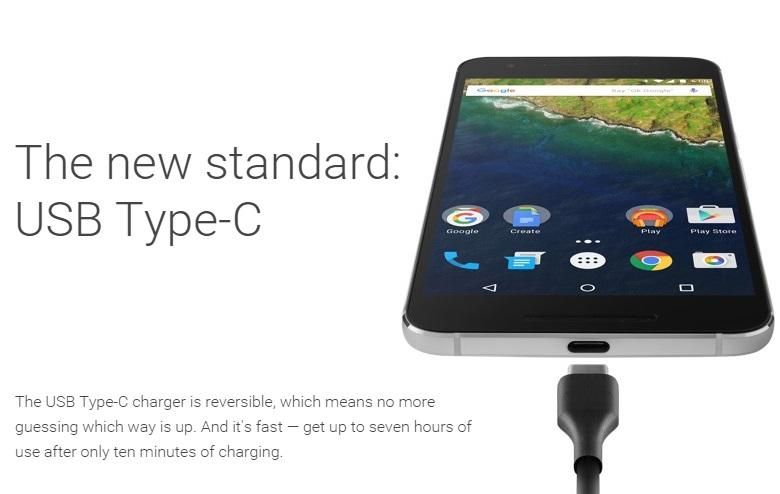Google is “strongly recommending” to its manufacturer partners that they follow proper USB specifications for devices running on Android Nougat and even requiring compliance with specific specs.
The latest Android Compatibility Definition Document has expanded upon implementations for a USB port in both peripheral and host modes. There are specific recommendations and requirements now applied in support of the USB Battery Charging specifications, revision 1.2, including USB Power Delivery. Here
- It SHOULD implement support to draw 1.5 A current during HS chirp and traffic as specified in the USB Battery Charging specification, revision 1.2 . Existing and new Android devices are STRONGLY RECOMMENDED to meet these requirements so they will be able to upgrade to the future platform releases.
- Type-C devices MUST detect 1.5A and 3.0A chargers per the Type-C resistor standard and it must detect changes in the advertisement.
- Type-C devices also supporting USB host mode are STRONGLY RECOMMENDED to support Power Delivery for data and power role swapping.
- Type-C devices SHOULD support Power Delivery for high-voltage charging and support for Alternate Modes such as display out.
Google goes on to strongly recommend manufacturers to not support proprietary charging methods that stray from default voltage controls or switch sink/source roles as to render chargers not interoperable between devices. Yep, abandon ye Qualcomm Quick Charge if you want to hop on the Nougat train.
“While this is called out as ‘STRONGLY RECOMMENDED’, in future Android versions we might REQUIRE all type-C devices to support full interoperability with standard type-C chargers,” the listing goes on to read.
Charging over USB-C has been a little bit more of a trick to handle on Android. The Quick Charge 3.0-capable HTC 10 didn’t work friendly with the charger of the Pixel C. Google engineer Benson Leung also has been adamant about having USB-C peripherals following proper charging spec, be it so that a bad cable doesn’t get to fry a phone.
So, Google definitely wants to make sure that OEMs are headed in a safe direction. But will the company continue for a unified, un-fragmented direction, even with hardware spec? We don’t necessarily think so.

